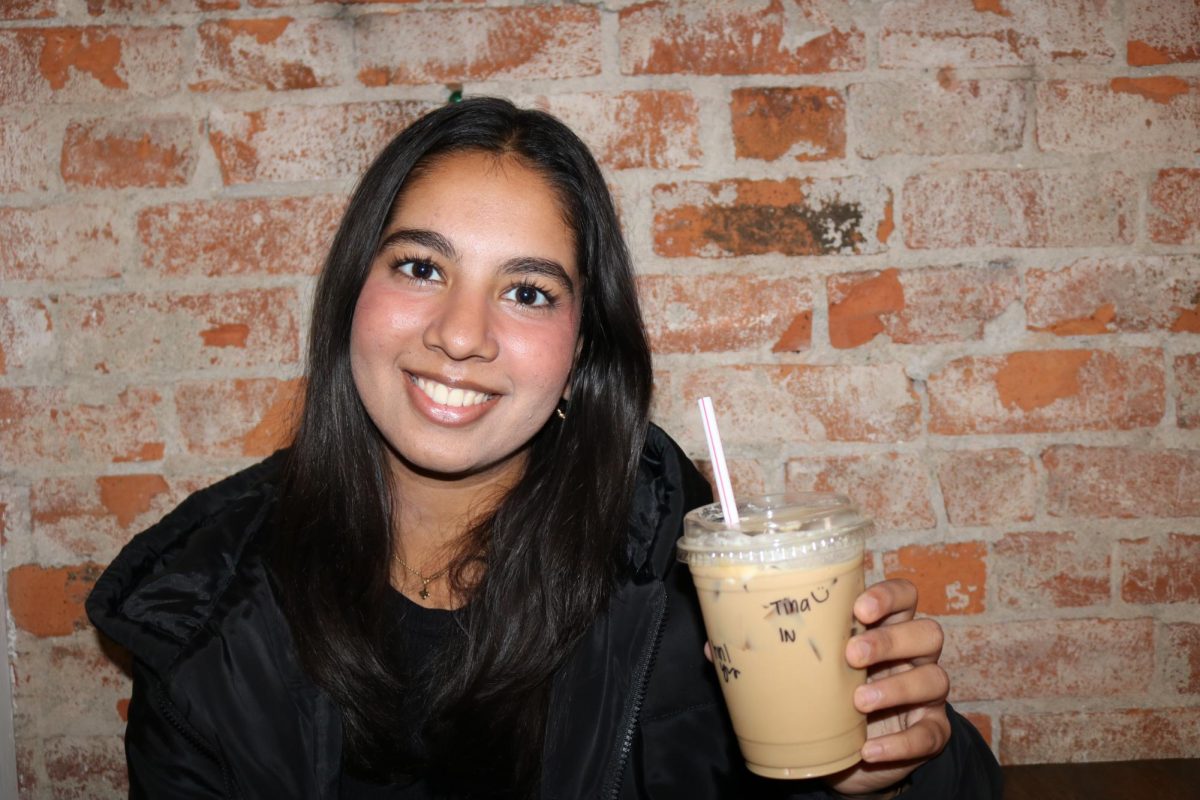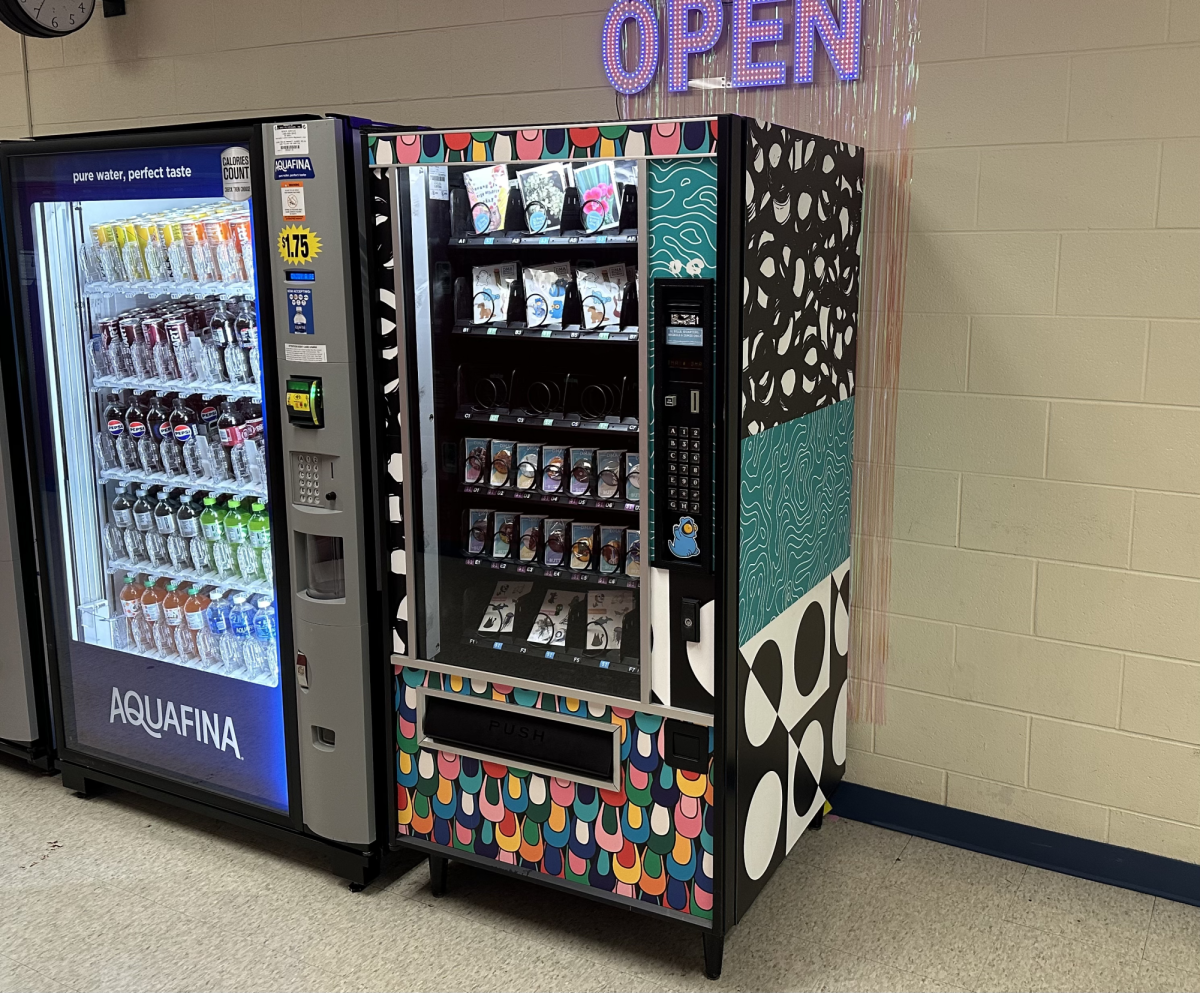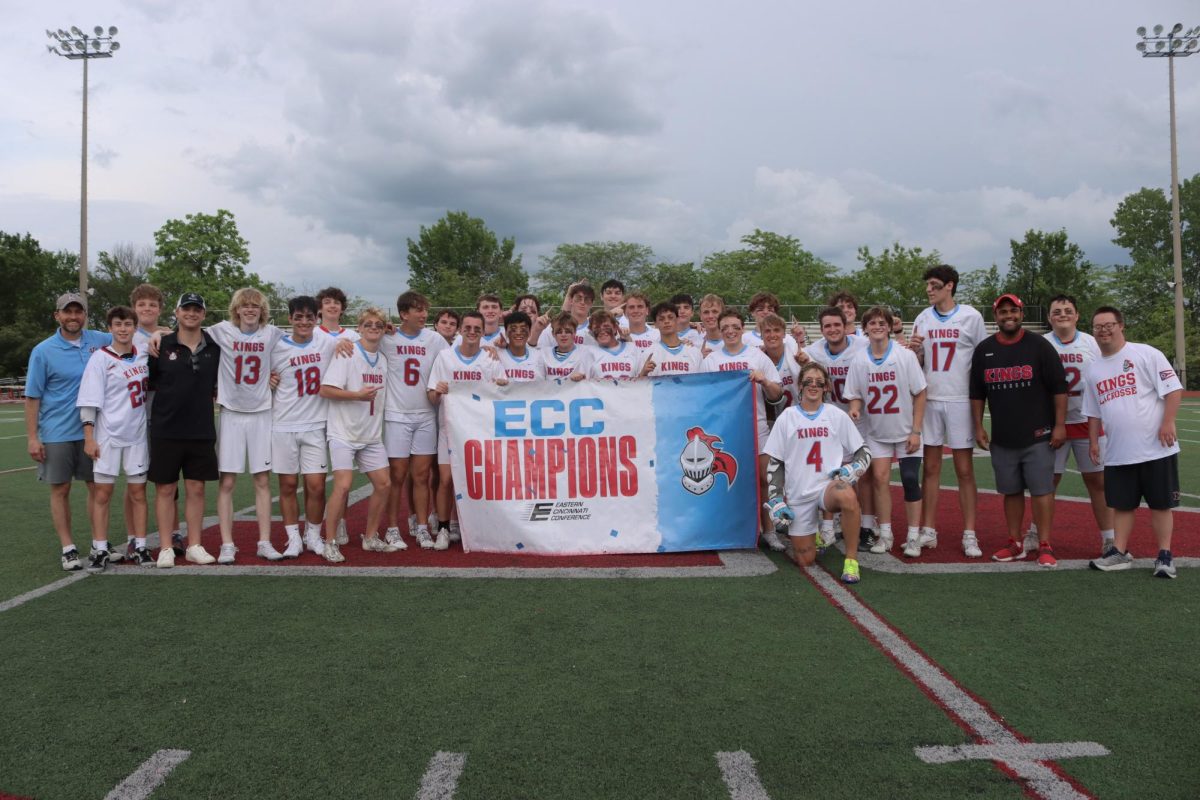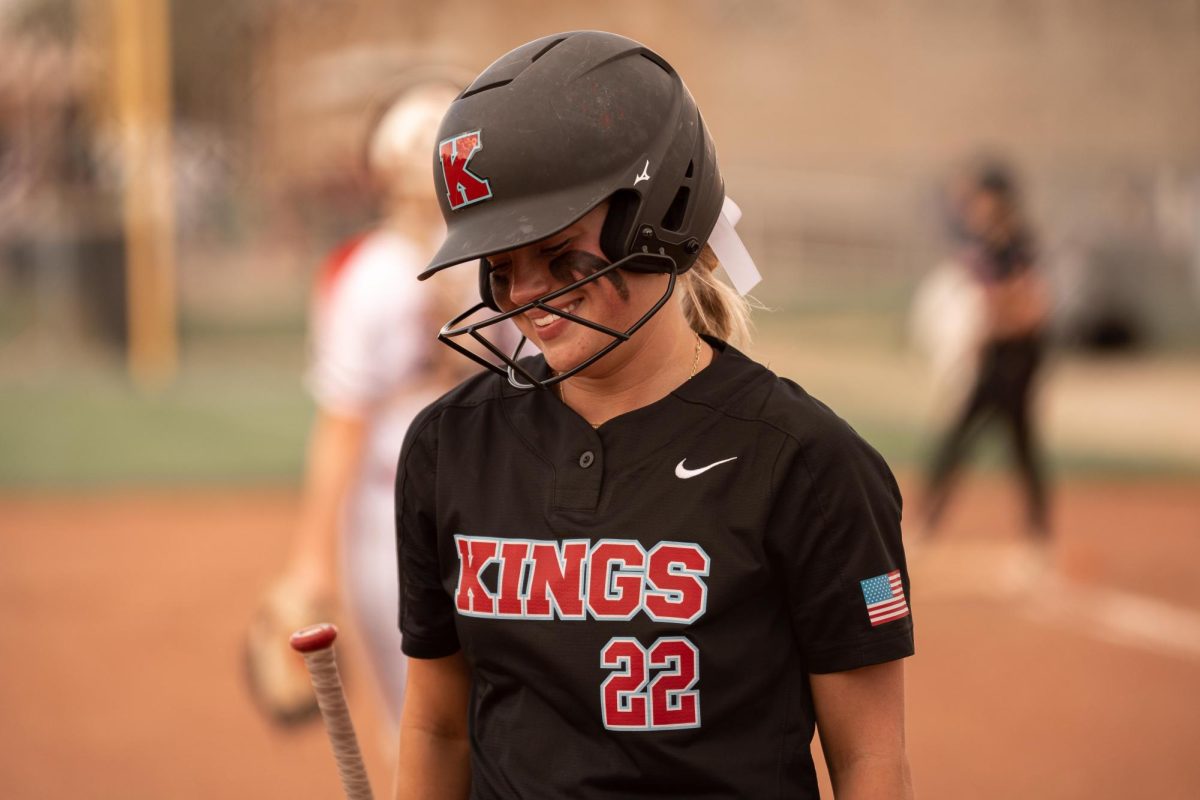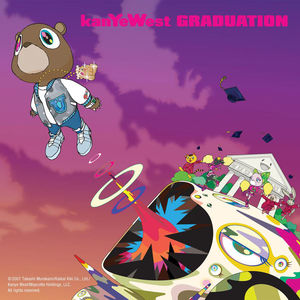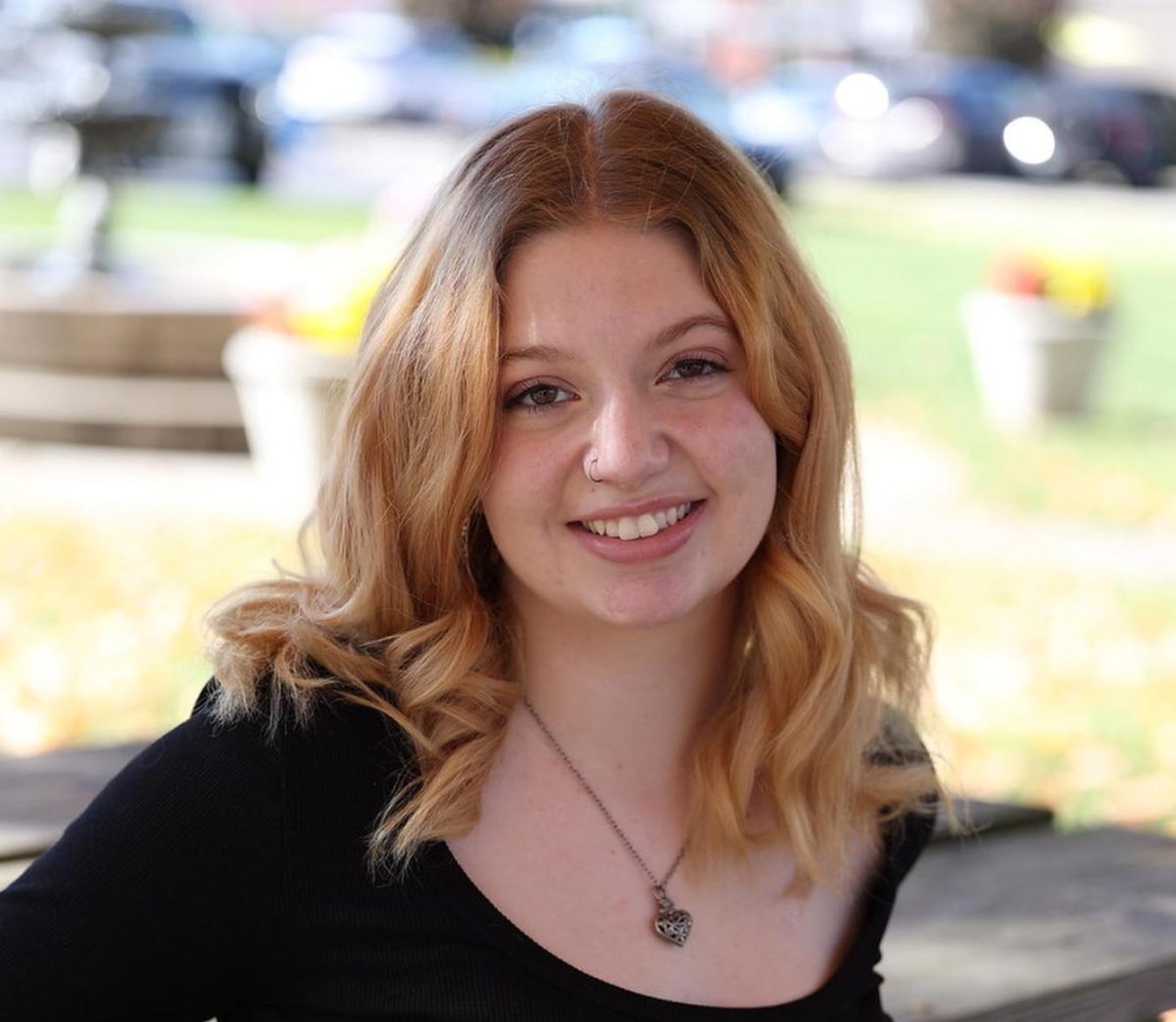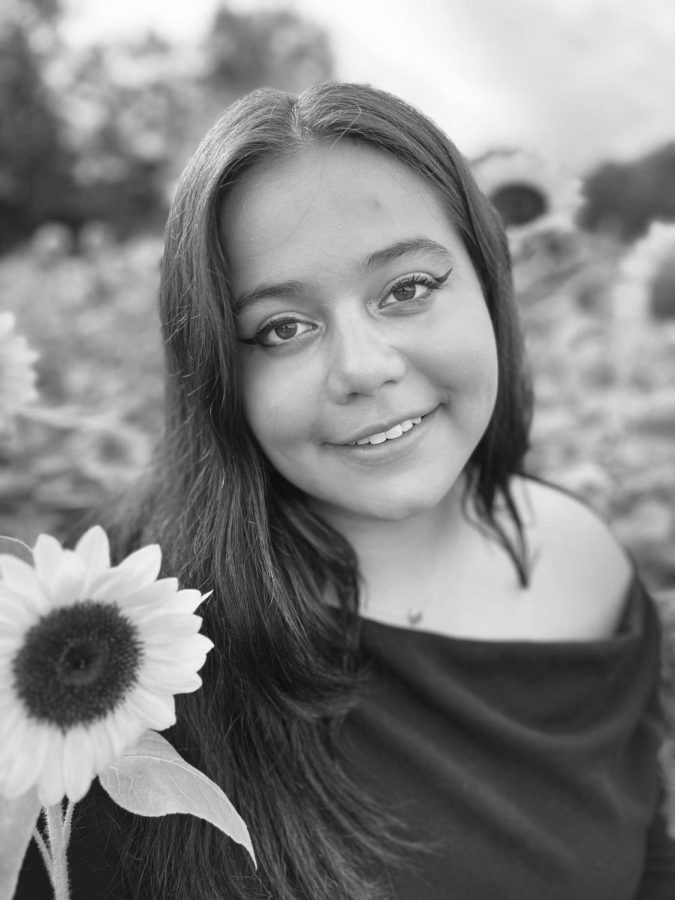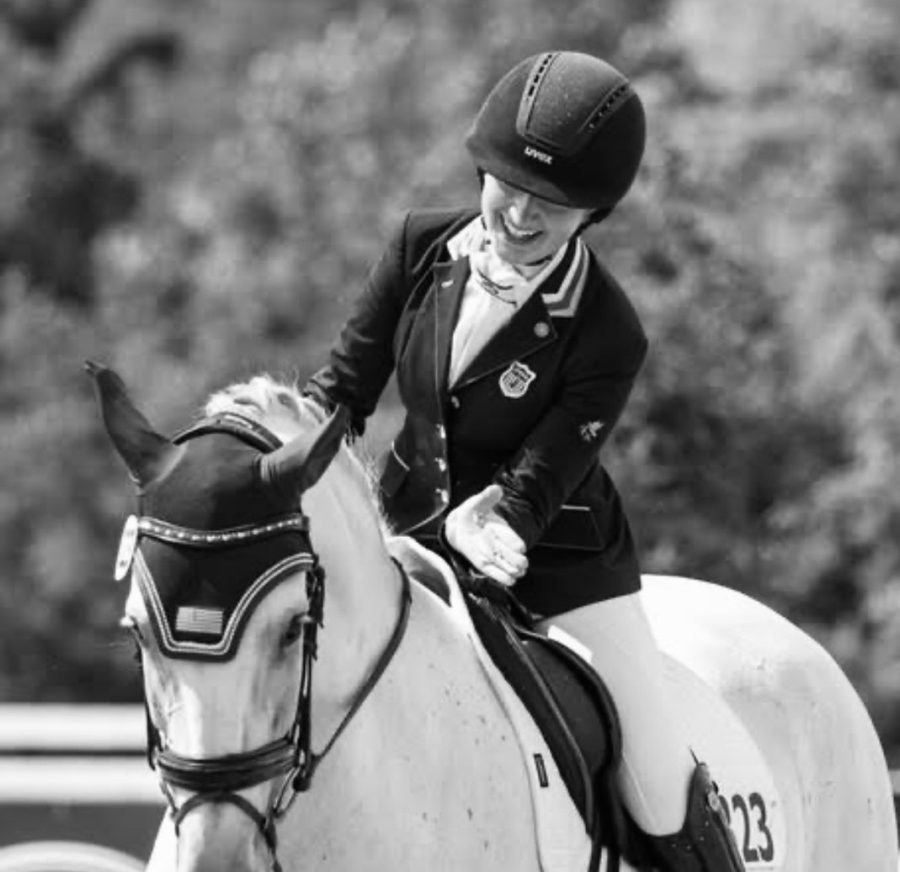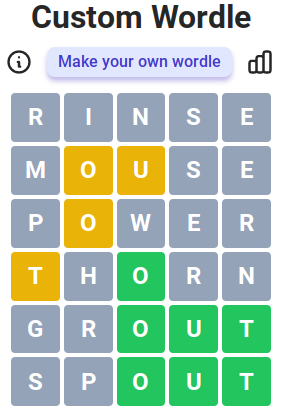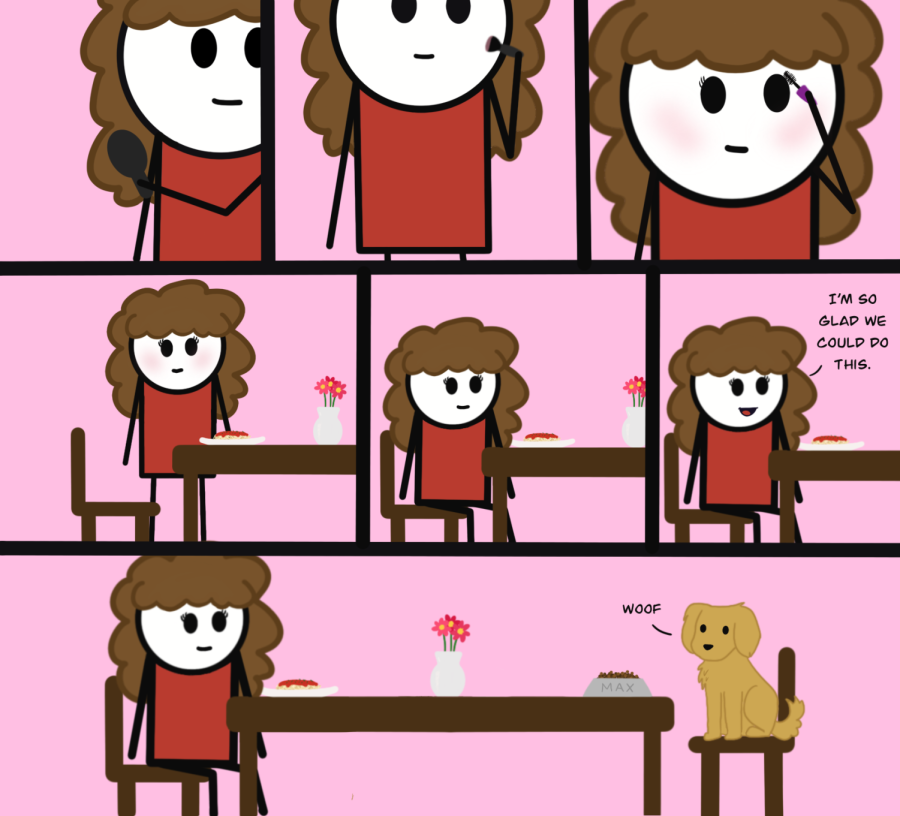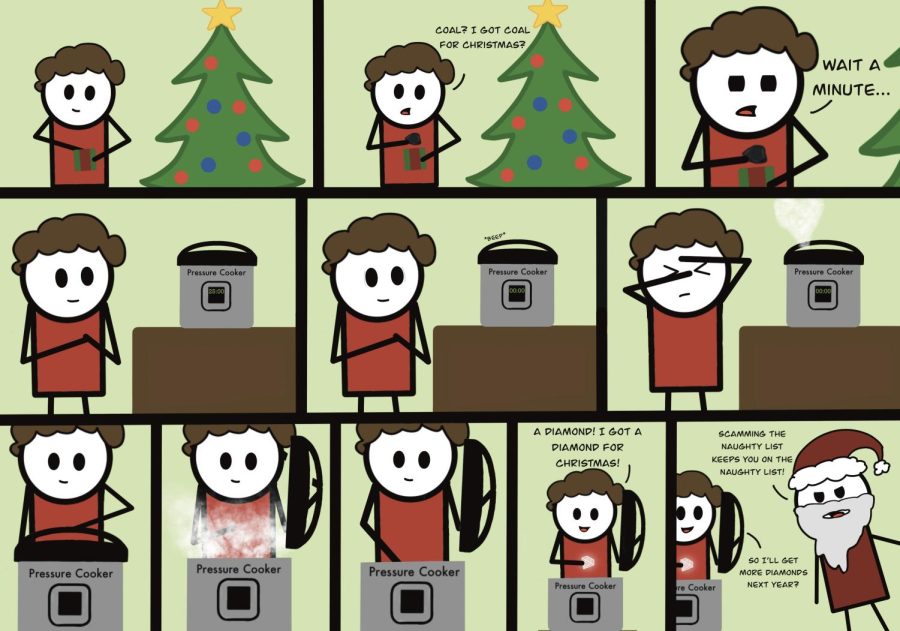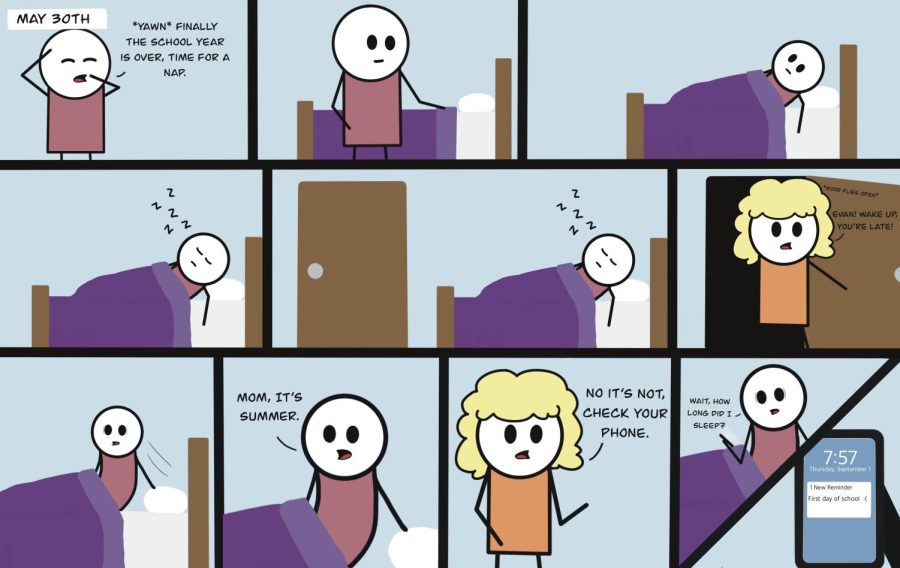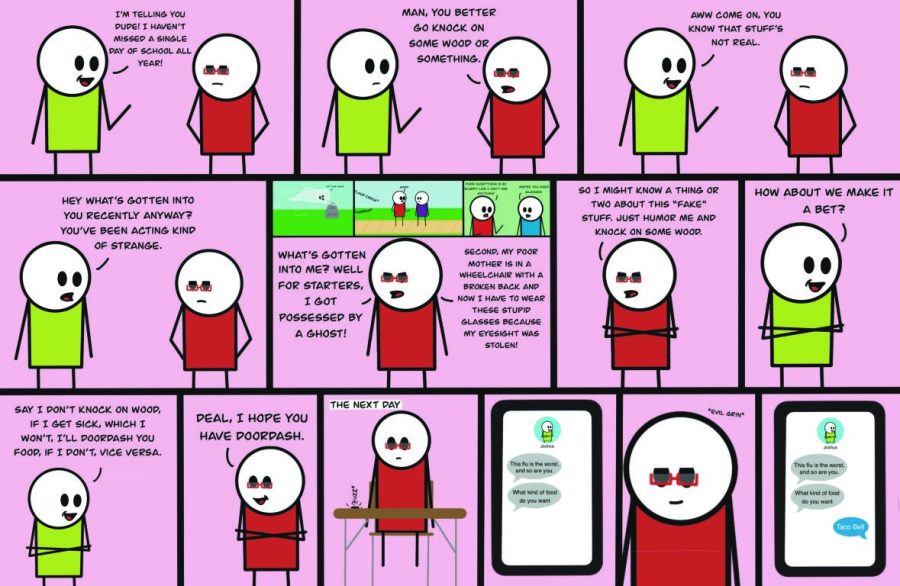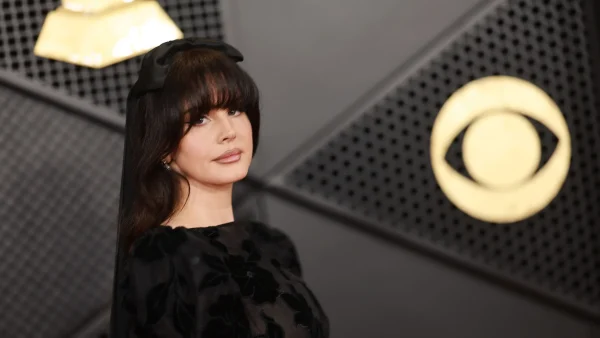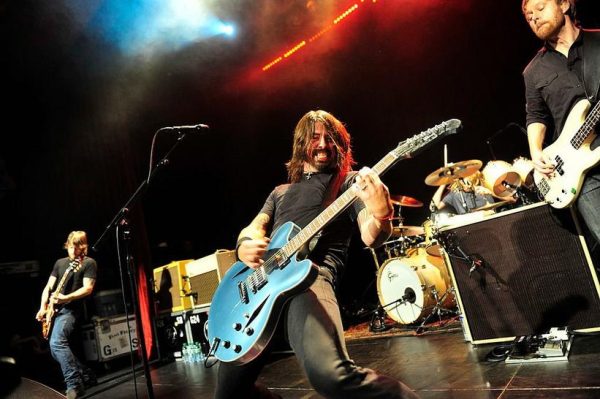Behind the curtain; a backstage look at the work of theater productions
Students cast in the Wizard Of Oz sit in a large circle for their first script read-through
She sits and recalls the feeling when a musical ends. Everyone sits together and shares one last memory together, unsure of whether they will be cast in the next production or not. They say goodbye to the seniors. It is a bittersweet moment when everyone realizes they need a new hobby.
She had never been in a fall play but had always wanted to. Extracurricular activities and CCP classes get in the way. Participating in plays and musicals takes a large amount of time commitment and hard work. The sadness of the curtain call brings reality into sharp focus: Reagan Eschbach knows every production requires different groups of people and different areas of focus.
“We were all just like huddled [backstage in] one huge group hug and it was like so sad after this we’re done. It’s never guaranteed that you’re going to be in the next production which is really scary.” Eschbach said.
Every production creates a new crew. Musicals require a large group of people to change scenes because more scenery moves and there are several different locations. Most of the time plays have a static set, and therefore require a smaller crew.
“We have a lot of moving pieces and each of those moving pieces takes usually at least two people. So we have to have a couple of different crews for that. And then we always have the addition of having the microphones for the musical. So that takes another person to run too,” Scott Hayward said.
In musicals, actors dance, sing, and students play music in the pit orchestra; it requires a lot more work and focus on all the separate areas, and spread out more. When working on a play focus is usually on the delivering of lines whereas with musicals they shift focus a lot and usually dedicate a rehearsal to a specific technique: dance, singing, or the actual acting part.
“One big difference between plays and musicals in general, in my opinion, is that in plays, we focus a lot more on character development because in a musical you have other things to distract the audience. You have songs. You have dances. [Musicals are] visually bigger, more for the eye to look at. Sometimes [plays] have that, but usually you don’t. It’s much more focused on these characters and how they’re interacting with one another. So I think in the plays, I spend a lot more time than Mr. Hayward does on character development and getting the character’s story told through their actions and through more subtle, nuanced things,” Peter Moore said.
In musicals, there are very few non-singing parts.
“For some parts [in the musical], you really need to have good vocals. You need to be vocally trained, or at least work really hard. But part of it also is just style. You have to have confidence and style and flair and be willing to just go for it,” Moore said.
Sometimes with smaller plays, Moore will double or triple-cast it. He did this in the past with the triple-cast Selfie, and the double-cast Curious Savage. Hayward has never done that with a musical.
“We’ve never had a show that we’ve done so far that’s had a small enough cast, where we would really need to go the route of double casting. We haven’t had that small of a show yet. I wouldn’t say it will never happen. It might happen depending on the show size,” Hayward said.
Both Haward and Moore use outside professionals to teach the students things they don’t specialize in.
“Anytime I’m doing something that I feel like I can’t teach safely and accurately, I bring in somebody else to do it. So that would include any kind of dance choreography, which we don’t do much of in the fall plays, but sometimes we do, and definitely stage combat,” Moore said
Musicals incorporate choruses or ensembles. The ensemble members add to the musical and help bring more movement to the scenes. Plays generally do not cast these roles.
“The ensemble members really take the challenge of bringing every location to life. So you have your main characters, right, that you follow the story arc through. The ensemble members show up at very specific points in the show to really help you understand what’s going on in the location,” Hayward said.
Looking for the perfect musical or play is a long process. Hayward and Moore need to factor in the needs of the community and students. Most of the time, requests are considered and researched in the same way, but can’t be done because the resources aren’t available to the school.
“I do a lot of reading and a lot of listening to soundtracks. I try to do a mixture of shows through the four years that people are in high school level. I try to do a mixture of newer contemporary shows and classical older shows. So I always kind of think through the process of what have we done the last few years? What do we need to expose the students to, expose the community too, in terms of the shows? And then I have to think about people who are potentially going to be involved. And so I have to go through the process of making sure we’ve got a balance of needs within each of the shows, and I’ve defined what shows hit the mark, for all of that,” Hayward said.
Want to show your appreciation?
Consider donating to The Knight Times!
Your proceeds will go directly towards our newsroom so we can continue bringing you timely, truthful, and professional journalism.
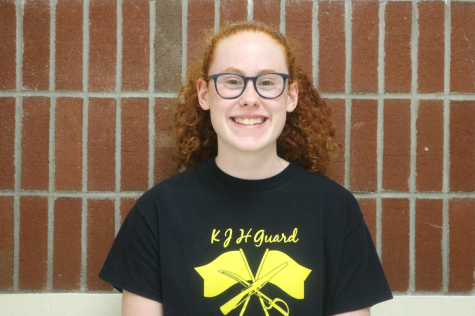
Paige is a senior and Editor in Chief of the Knight Times. This is her second year in journalism and she joined journalism to improve her writing skills...

